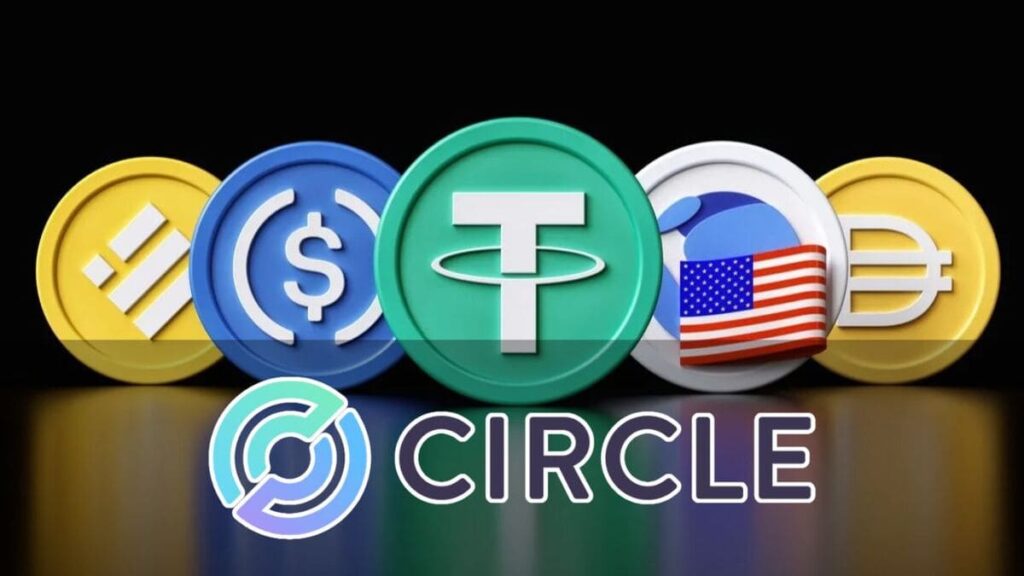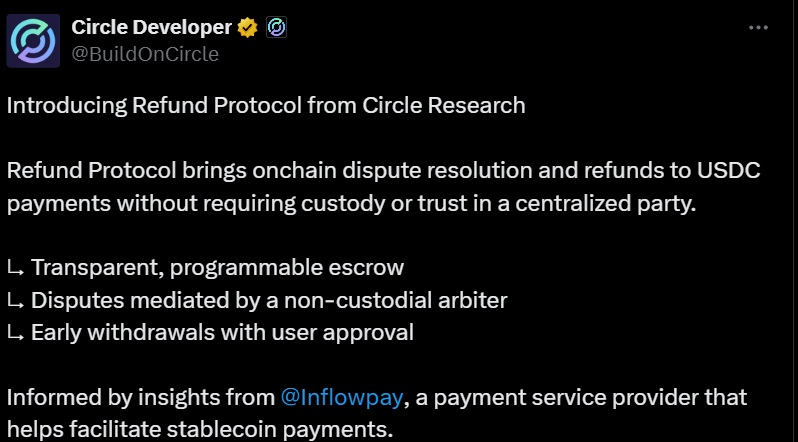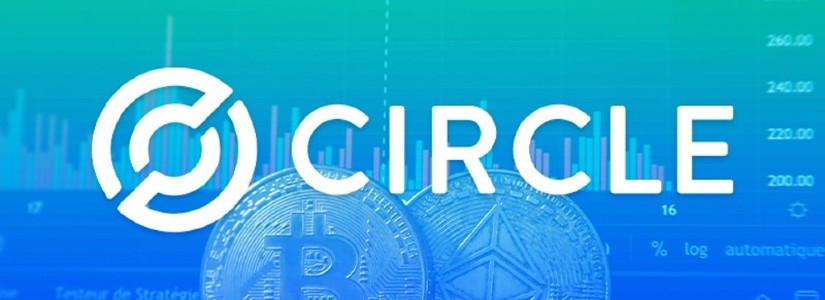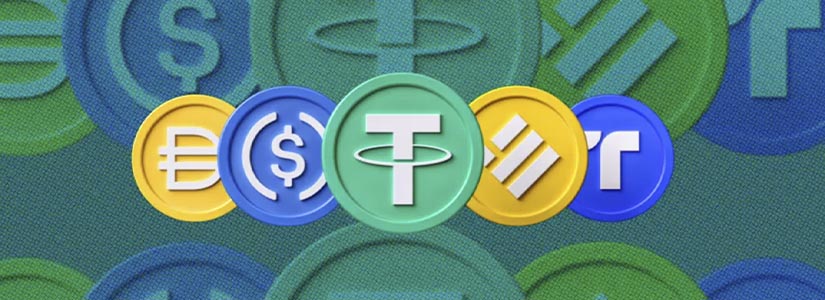TL;DR
- Circle Research launched Refund Protocol, a smart contract that adds escrow and onchain dispute resolution for ERC‑20 stablecoin payments.
- Funds are locked with pay(to, amount, refundTo); the recipient can use refundByRecipient and the arbiter refundByArbiter if a dispute arises.
- After the lockup period, withdraw(paymentID) releases the funds; earlyWithdrawByArbiter enables early withdrawals by paying an agreed fee.
Circle Research presented Refund Protocol, a smart contract that introduces a refund and dispute resolution system for ERC‑20 stablecoin payments without requiring trust in a centralized third party. This solution arises from the lack of refund mechanisms in stablecoin transactions, which until now resembled cash payments with no chargeback option.
How Does Circle’s Refund System Work?
The Circle protocol functions as an automated escrow. When a user calls the function pay(to, amount, refundTo), they send their tokens to the contract, which records the recipient address, the amount, and the refund address. Funds remain locked for a period defined by the arbiter, preventing final transfers until that period expires. This retention phase allows potential claims to be managed without prematurely finalizing the payment.
If a conflict arises—for example, an undelivered order—the recipient can issue a refund directly via refundByRecipient(paymentID). If the merchant refuses, the customer appeals to the designated arbiter. With refundByArbiter(paymentID), the arbiter deducts the tokens from the recipient’s balance or, if that balance is insufficient, covers them from their own balance and records a debt owed by the recipient. Thus, arbitration does not grant the arbiter full control over the funds, only the power to confirm or cancel the payment based on submitted evidence.
When the lockup period ends without disputes, the recipient calls withdraw(paymentID) to automatically retrieve the tokens. For those needing liquidity before that period concludes, Refund Protocol includes earlyWithdrawByArbiter, which requires an off‑chain signature from the recipient to validate an agreed fee, enforced onchain via EIP‑712 verification.
Limitations and Conflict Considerations
The architecture designed by Circle avoids double counting and limits the risk of a single dispute to its specific payment, as each transaction retains its own state and schedule. Although the contract currently supports externally owned accounts (EOAs) with EIP‑712 signatures, it can be extended to support contract addresses via EIP‑1271.
Adoption challenges include potential abuse by a malicious arbiter, the difficulty of specifying a refund address in custodial wallets upfront, and gas costs that increase linearly with the number of batched withdrawals. Additionally, locked funds could earn yield if integrated with lending protocols like Aave, creating a new revenue stream for users and arbiters.
Circle Research’s Refund Protocol marks a significant advance for stablecoin payments by adding a transparent, non‑custodial dispute and refund mechanism. Its launch paves the way for more secure and adaptable e‑commerce, without sacrificing user autonomy or security.













